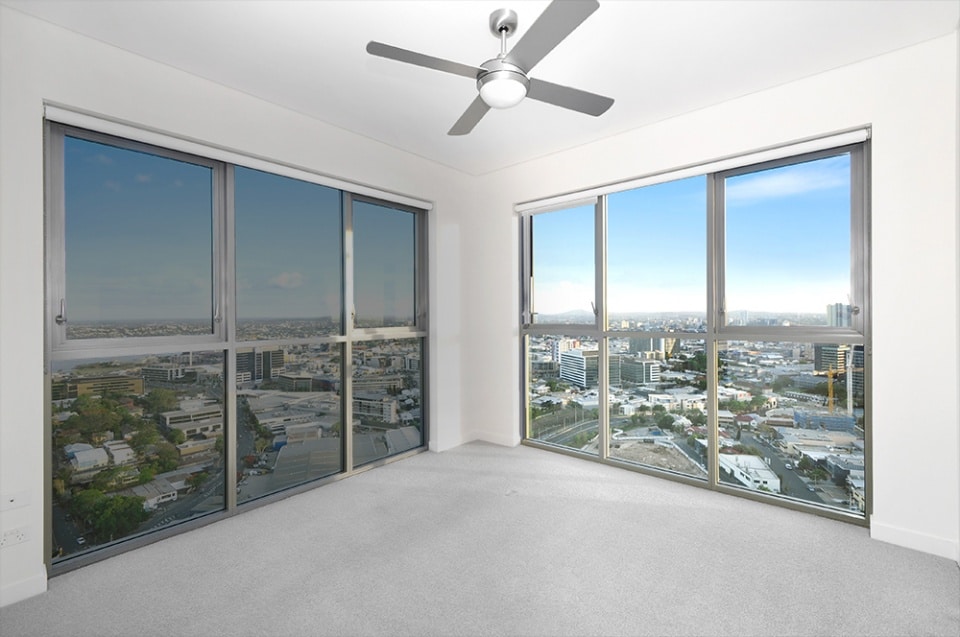Technical information
How glass and sunlight interact
When sunlight strikes glass, three things happen:
- Some energy passes through (89%)
- Some energy is reflected away, also known as ‘rejection’ (6%)
- Some energy is absorbed into the glass (5%)
Some of these values can change depending on the type of glass.
When the transitional window film is applied, it decreases the amount of energy passing through, increases the amount of energy rejected and increases the amount of energy absorbed into the glass. The result of this is greatly decreased UltraViolet (UV) and InfraRed (IR) light penetrating into the room.
As a percentage of the sun’s rays are reflected back through the glass, increased energy absorption into the glass will occur. This will result in a slight temperature increase of the glass between 3 – 5 degrees centigrade. This is well within manufacturer specifications for glass less than 6mm thick and is quite safe.
The additional amount of energy rejected by the Transitional Window Film:
- TWF R75: Total solar energy rejection (TSER): 57%
- TWF R70+: Total Solar Energy rejection (TSER): 61%
- TWF R70: Total solar energy rejection (TSER): 63%
Applicable Standards
ASTM International (ASTM)
- ASTM E84 Standard Test Method for Surface Burning Characteristics of Building Materials
-
ASTM E308 Standard Practice for Computing the Colors of Objects by Using the CIE System
-
ASTM E903 Standard Test Method for Solar Absorbance, Reflectance, and Transmittance of Materials UsingIntegrating Spheres (Withdrawn 2005)
-
ASTM G26 Practice for Operating Light- Exposure Apparatus (Xenon-Arc Type) With and Without Water for Exposure of Nonmetallic Materials (Withdrawn 2000)
Approvals
The Skin Cancer Foundation
Fire Performance
The photochromic window film meets class A requirements for surface burning characteristics when tested in accordance with ASTM E84
- Flame spread – 25 maximum
- Smoke developed – 450 maximum
Industry terms
VLT – Visible Light Transmission
This is the percentage of visible light (daylight) that passes through a glass window.
VLR – Visible Light Reflectance
This is the percentage of visible light (daylight) that is reflected by a glass window.
TSA – Total Solar Absorption
The percentage of incident solar radiation that is absorbed by a glass window.
TST – Total Solar Transmittance
The percentage of incident solar radiation that passes through a glass window.
TSR – Total Solar Reflectance
The percentage of incident solar radiation that is reflected by a glass window.
UV – Ultraviolet Radiation Rejection
The percentage of total ultraviolet light that is prevented from passing through a glass window.
TSER – Total Solar Energy Rejection
The percentage of total solar energy (heat) rejected by a glass window.
Click to download installation instructions

